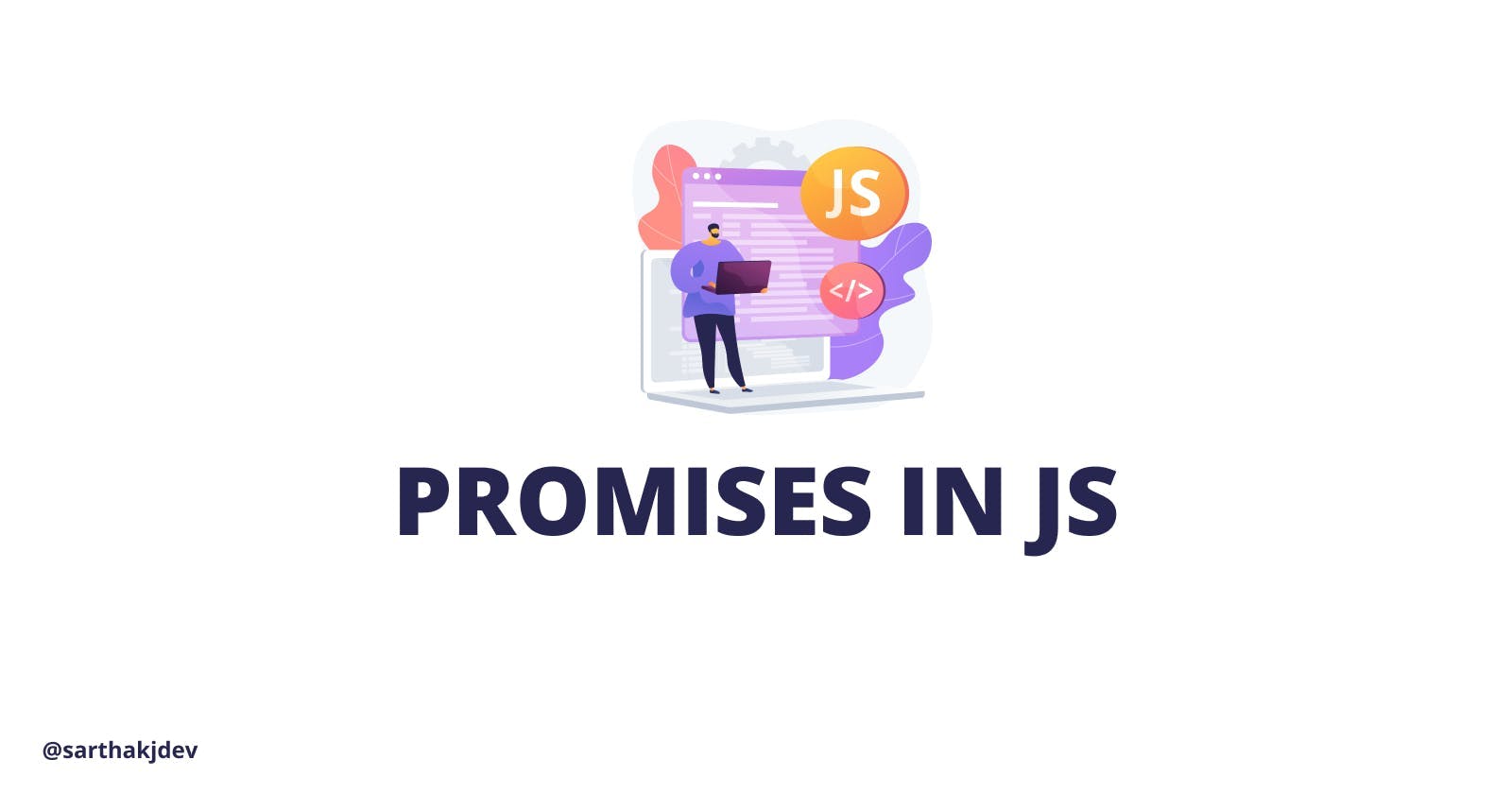Promises in JavaScript: A Guide to Asynchronous Programming
Mastering the Art of Promises for Seamless Asynchronous JavaScript
Introduction
Welcome to the exciting world of JavaScript promises! As a seasoned software developer, I understand the significance of mastering asynchronous programming to build robust and responsive applications. In this comprehensive guide, we will dive deep into the realm of promises, demystifying their intricacies, and equipping you with the knowledge and skills needed to wield promises effectively in your JavaScript projects.
Understanding Asynchronous Programming
Before we delve into promises, it's essential to grasp the concept of asynchronous programming. As developers, we often encounter tasks that take time to complete, such as fetching data from an API, reading a file, or performing time-consuming calculations. In traditional synchronous code, these tasks can block the execution of subsequent code, leading to unresponsive applications.
Promises are a powerful solution to this problem, allowing us to write non-blocking code that executes asynchronously. They provide a structured way to handle asynchronous operations and manage their outcomes.
What are Promises?
At its core, a promise is an object representing the eventual completion or failure of an asynchronous operation. It allows you to write code that continues to execute while waiting for the operation to finish. Promises have three states:
Pending: Initial state, neither fulfilled nor rejected.
Fulfilled: The operation completed successfully, and a result is available.
Rejected: The operation encountered an error, and a reason for failure is provided.
Now, let's get practical and explore the anatomy of a promise.
Creating a Promise
To create a promise, you can use the Promise constructor, which takes a single argument: a function with two parameters, resolve and reject. Here's an example:
const myPromise = new Promise((resolve, reject) => {
// Async operation here
if (/* Operation successful */) {
resolve(result); // Fulfill the promise with a result
} else {
reject(error); // Reject the promise with an error
}
});
Consuming Promises
Once you have a promise, you can consume it using the then and catch methods. These methods allow you to specify what happens when the promise is fulfilled or rejected.
myPromise
.then((result) => {
// Handle the fulfillment
console.log('Operation succeeded:', result);
})
.catch((error) => {
// Handle the rejection
console.error('Operation failed:', error);
});
Error Handling
Error handling is a crucial aspect of promises. As experienced developers, we know that robust code must gracefully handle errors. Promises make this easier with their built-in error propagation.
asyncFunction()
.then((result) => {
// Handle success
})
.catch((error) => {
// Handle errors from asyncFunction() or previous .then()
});
Chaining Promises
Promises can be chained, enabling you to perform a sequence of asynchronous operations in a structured manner. This promotes code readability and maintainability.
fetchData()
.then(processData)
.then(displayData)
.catch(handleError);
Use Cases for Promises
Promises are incredibly versatile and find application in various scenarios, such as:
Making API requests.
Reading/writing files asynchronously.
Performing complex calculations without blocking the main thread.
Implementing smooth animations and transitions in web applications.
Conclusion
In this journey through JavaScript promises, we've covered the basics of asynchronous programming, the structure of promises, error handling, chaining, and real-world use cases. By mastering promises, you're equipped to write responsive and efficient JavaScript code.
Promises are a fundamental part of modern JavaScript development, and your understanding of them will undoubtedly enhance your coding skills. Embrace the power of promises, and take your projects to the next level!
